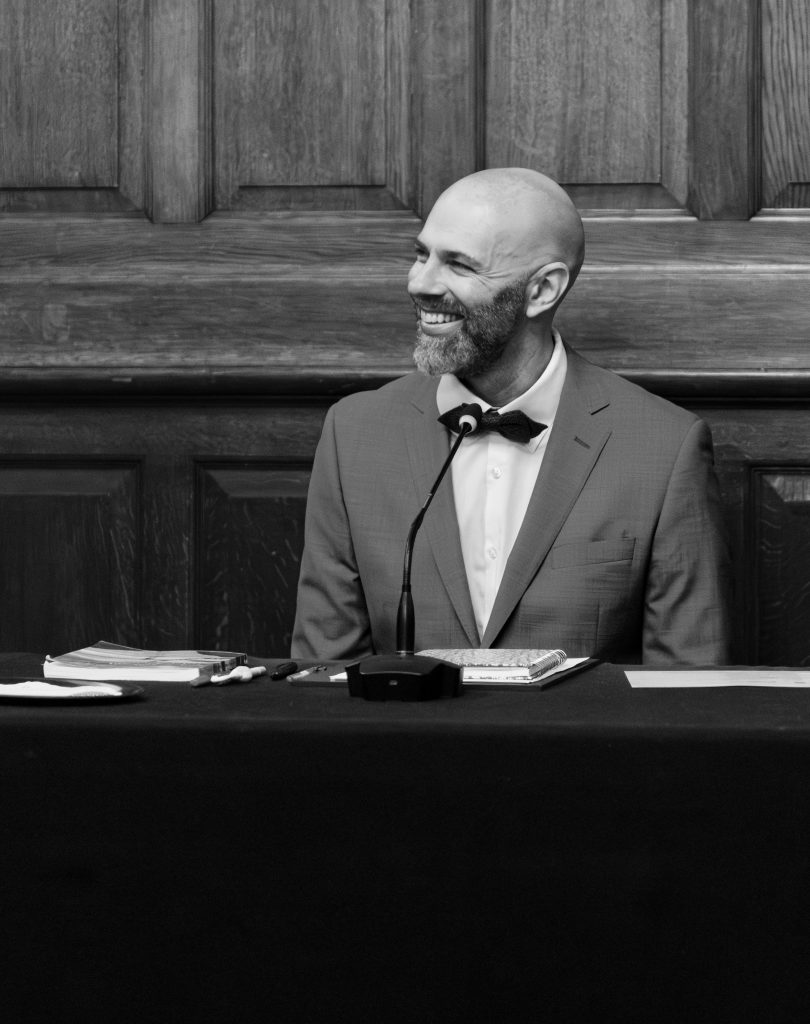Learning to Read Between the Lines: How CLAMAC Transforms Education

Imagine you are reading an environmental report published for your favorite brand, that proudly claims “We are committed to a greener future”. The statement sounds positive, but what does it actually mean? What actions and facts support it? What language choices shape how we perceive transparency and responsibility?
No easy questions, no easy answers, but the new project on Critical Language and Multimodal Awareness (CLAMAC) starts precisely here. CLAMAC aims to equip you, as a student, researcher, citizen, or practitioner with the ability to notice how language, images, and narratives influence our understanding of global challenges such as climate change, inequality, and human rights.

CLAMAC is not just about reading texts or multimodal content critically; it is about recognising how communication shapes norms, ideologies, and ultimately, the decisions we make.
Why this matters now
In a recent article published in Frontiers about the importance of questioning language, redesigning it, and using it ethically to shape more just and sustainable futures, members of RESPONSUS research group point out that we live in a global polycrisis, where interconnected environmental, political, and social challenges shape our future. Although these crises have concrete material impacts, extreme heat or polluted water, for instance, our understanding of them is largely discursive, mediated through narratives, media representations (such as headlines, images, and videos), and digital communication. It is not enough to simply decode language; we must be conscious of how it is used.
Yet, despite its importance for understanding the real consequences of these multiple simultaneous crises, a critical approach to analysing them and, as a result, taking action remains largely absent from higher-education curricula. Why is this the case?Two reasons can explain this gap. First, communication is often viewed as a technical skill, a tool to transmit information, rather than as a social force that shapes how we perceive and act in the world. Second, the concept of Critical Language and Multimodal Awareness still lacks clear theorisation. Because it does not fit traditional checklist-style competence models, it remains underdefined and therefore underused.

What this project will change
Through a general mapping of how Dutch business and management schools currently work on critical language and multimodal awareness and the construction of a theoretical and conceptual framework to approach the topic, the CLAMAC project aims to fill the gap. Matt Drury, postdoc in charge of one of the work packages, mentioned that the project aims to generate empirical evidence of the impact of these interventions, offering students and practitioners a series of resources.
“The intervention at Dutch business schools and interviews with educators will provide us with material to create teaching resources and assessment tools to measure students’ CLA skills. These tools will be ready-to-use for educators across disciplines and will be piloted in business and management education over the next four and a half years. They are designed for broader adoption across universities”.
A concrete example of impact
During the testing process, students will have the chance to apply all the material they have learned, and teachers will be available to guide them. “For example, one of the activities could be to analyse promotional videos from fashion brands that claim to use ‘eco-friendly materials for making their clothes’. Using the CLA toolkit, students will learn to identify vague or misleading sustainability claims. They will also learn to analyse how visuals, color palettes, and music influence credibility. Finally, they will learn to connect linguistic choices to broader social ideologies and discuss how such representations shape consumer behavior and public trust”, Drury explained.
Through this process, students will develop sharper critical thinking skills, stronger analytical abilities, and a deeper understanding of how communication influences action. These competencies are essential for future professionals in business, policy, education, and the sustainability sector.
To know more about the project, click here.

